Symbolism was a nineteenth-century cultural, literary and artistic movement, transitional from the Romanticism of the early part of the nineteenth century to the Modernism of the twentieth century, whose emergence in France is made to coincide with the publication in 1886 of a writing by the poet Jean Moréas, considered a stylistic manifesto also inspiring the painters known as Symbolists.
Most art historians refer to Symbolism in the visual arts as an intellectual and artistic attitude rather than a movement, as it was more clearly in poetry, which had an international scope. Artists from many countries shared this view to varying degrees derived from various visual sources, seeking to express individual emotional experience through personal, spiritual, mystical and often dark subjects, and themes related to religion, mythology, dreaming and nostalgia for an ancient world, lamenting the spiritual decline of the modern world. Symbolism followed chronologically from Impressionism but was its antithesis, as painters’ emphasis shifted to the underlying meaning of forms and colors, involving the languages of post-Impressionists such as Paul Gauguin.
Among the most representative painters who were properly Symbolist were the French Gustave Moreau, Odilon Redon and Pierre Puvis de Chavannes, and the Swiss Arnold Böcklin, who espoused aesthetic ideals that proclaimed the power of their own subjectivity through imaginative and highly symbolic painting, capable of transcending apparent reality.
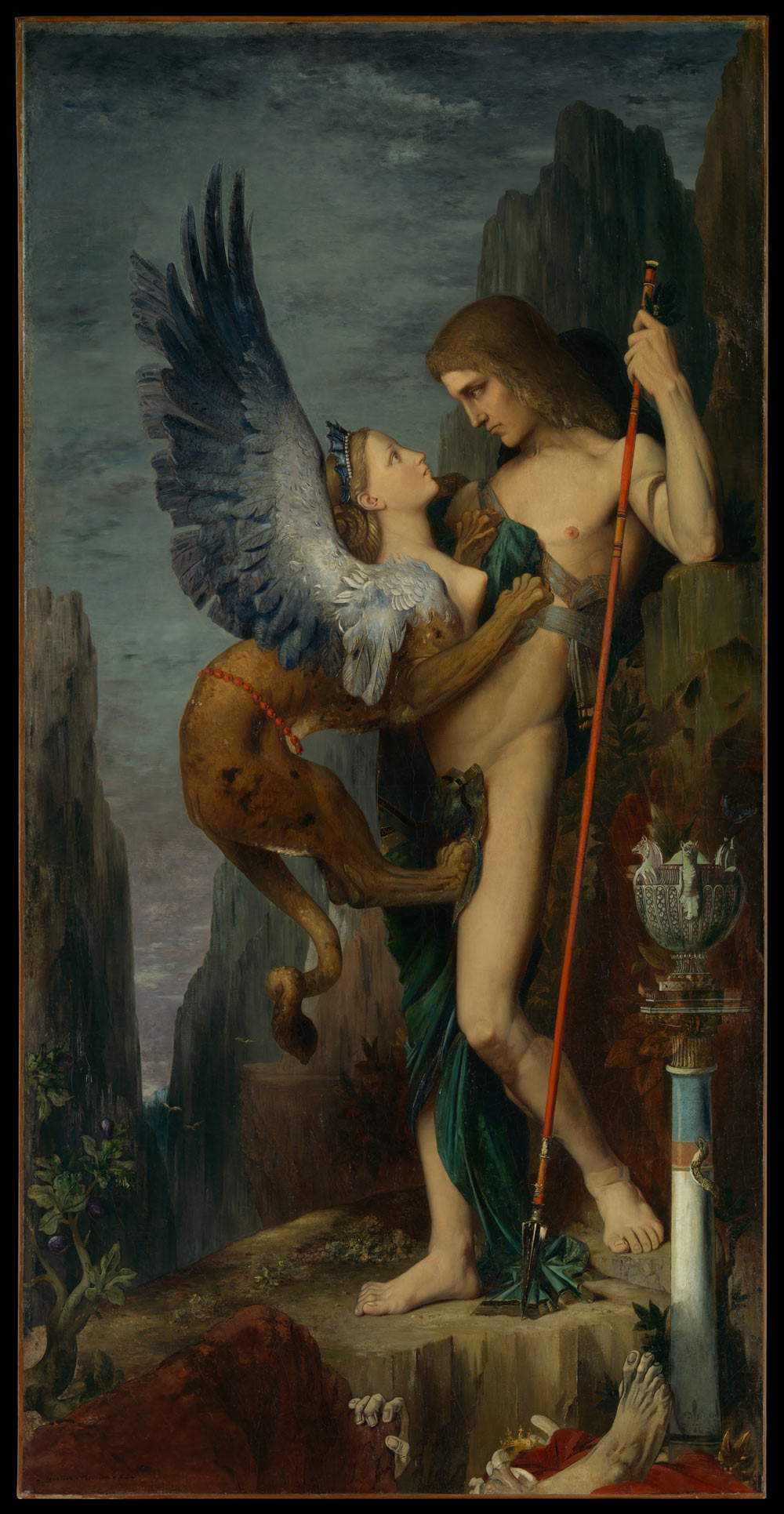

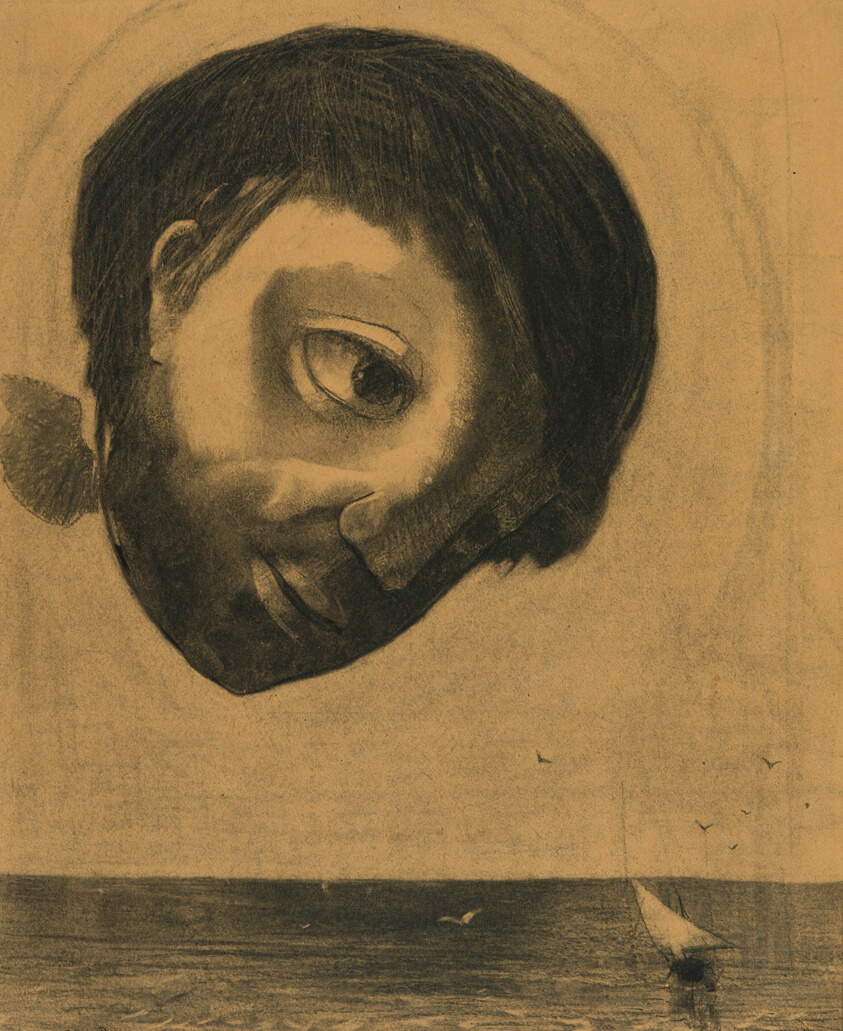
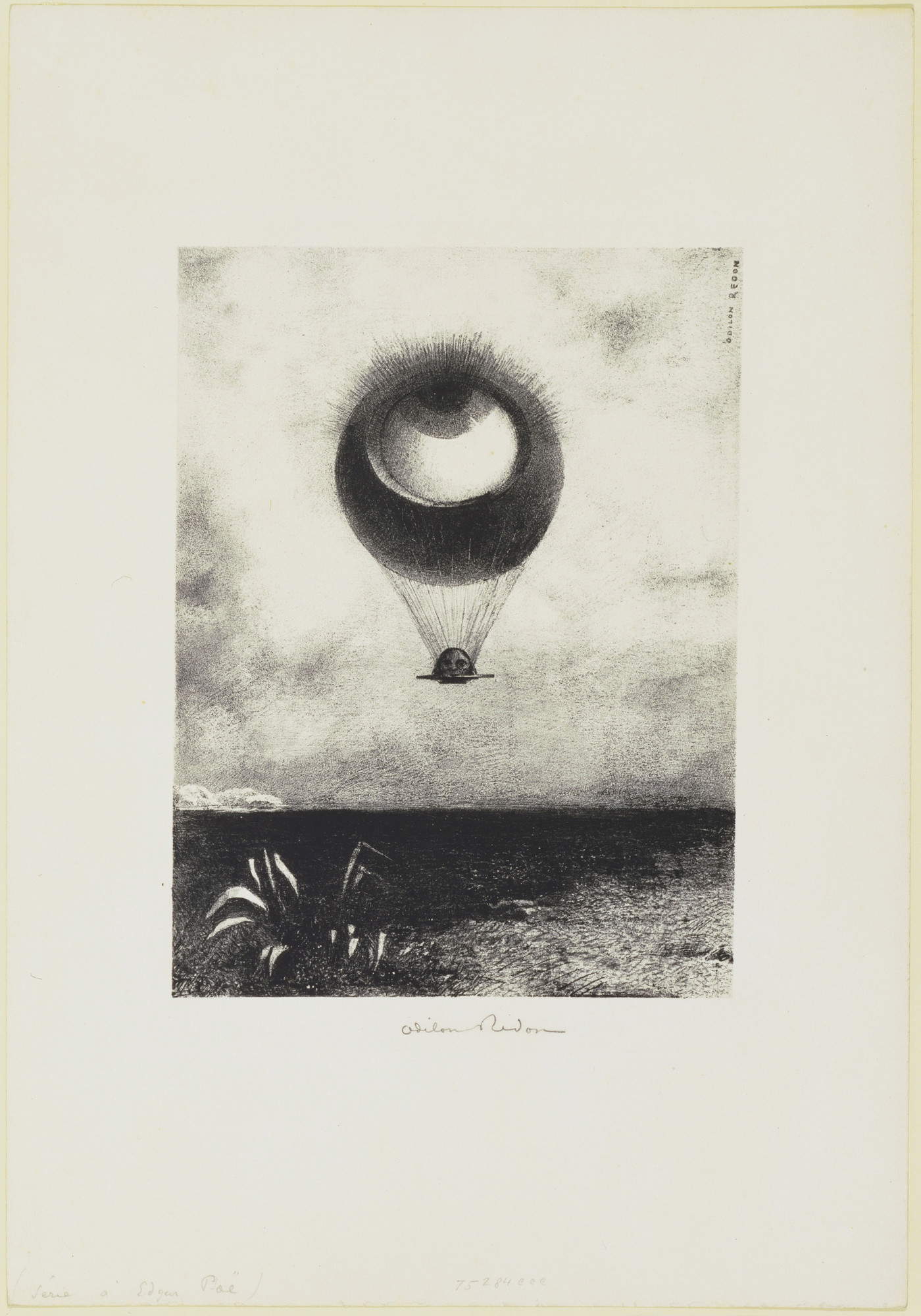

Symbolism in painting took its direction from the movement’s poets and literary theorists in the French area, most of whom were convinced that art should not relate to everyday experience and reality. As with writers, Symbolist painters favored works based on fantasy and imagination.
Their position was authoritatively defined by the young critic Albert Aurier (Châteauroux, 1865 - Paris, 1892) in the magazine “Mercure de France” in March 1891, who elaborated on the poet Moréas’ preliminary statements, published years earlier in the French newspaper “Le Figaro” in September 1886, in the article-manifesto entitled “Le Symbolisme.” According to Aurier, the purpose of art was"to clothe the idea in a sensuous form," with subjective, symbolic and decorative functions. Painting was to be a visual expression of inner life and "synthetic," that is, reduced to symbols to better suggest evocation and penetrate beyond the appearances of reality.
For the Symbolist painters, the idea of the spiritual was very important, as were the themes of deformation and death, mirroring the historical period seen as a time of artistic, human and ethical decline in an increasingly industrialized and immoral society. A reaction against the moralism, rationalism and materialism of the 1880s as seen in the preference for artificial appearance over the natural datum. Fin-de-siècle artists felt the need to go beyond Naturalism in art, and even in music, Symbolism served to create correspondences between the objective world and subjective sensations. In terms of specific subjects, the Symbolists combined religious mysticism, the perverse, theerotic and the decadent.
Beginning in France, where the term “Symbolism” was first used to describe this phenomenon and where the aesthetic was codified, both the Nabis group founded by Paul Sérusier in 1889, active roughly until 1890, and that of the Rose+Croix, led between 1892 and 1897 by “Sar” writer Joséphin Péladan, who followed the occult beliefs of the alleged 15th-century visionary Christian Rosenkreuz and pursued the spiritual dimension of art.
The Nabis, although they did not ascribe the same religious or political views to their subjects as the other Symbolists, believed that the artist played the role of a “prophet,” a translation of the Hebrew and Arabic word “nab?” which has the power to reveal the invisible. Their style drew inspiration from Paul Gauguin’s lesson on the meaning of colors used flatly, not imitatively but subjectively, and was enriched with a mystical and spiritual component, a true artistic faith in the symbolic expression of an inner feeling. Many of the Nabis artists published in the Symbolist magazine “La Revue Blanche” along with their literary counterparts.
The Rose+Croix brotherhood, esoteric-religious in nature, rejected the materialism of the time by binding themselves to an idea of mystical and occult art, idealistic and in the service of beauty. Art for this group was an initiation into religious revelation. The works they produced took the form of mystical allegories, but they were stylistically more traditional than those of the properly Symbolist exponents, exhibited on dedicated occasions, Salons de la Rose+Croix in Paris, decidedly significant for highlighting the work of numerous artists from countries other than France.

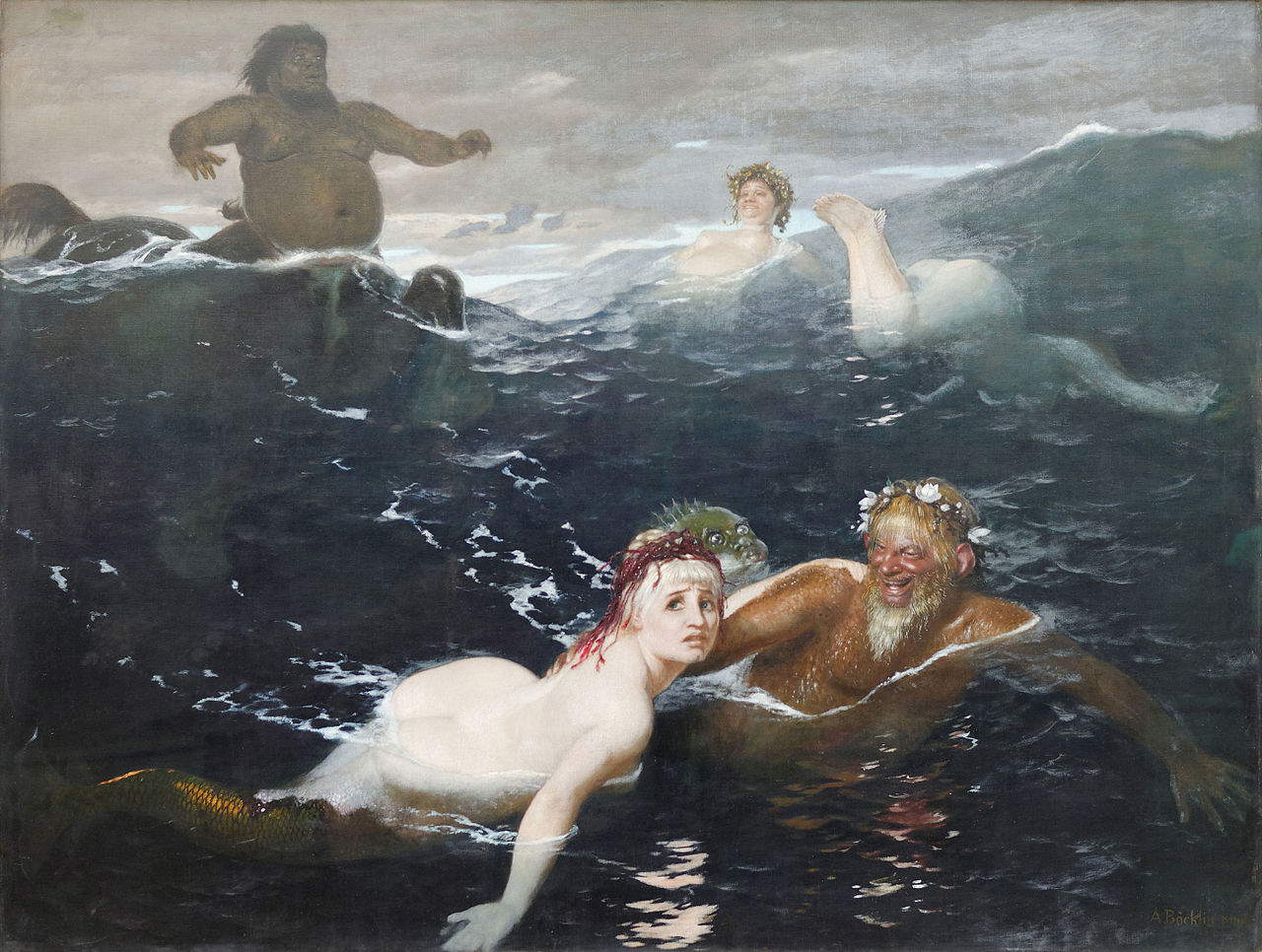
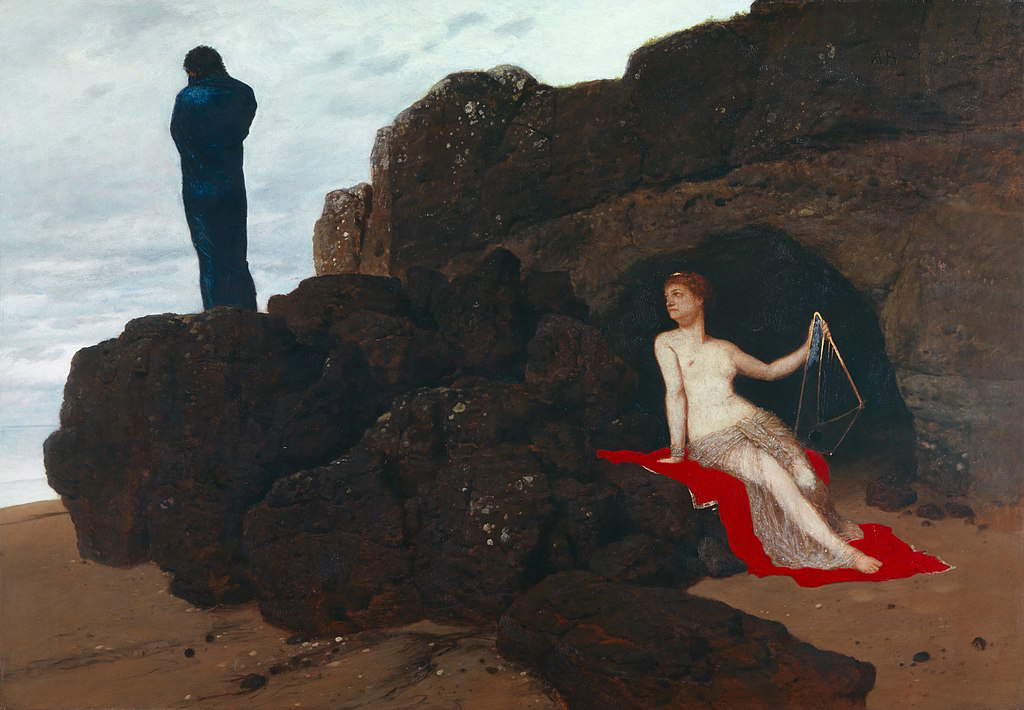
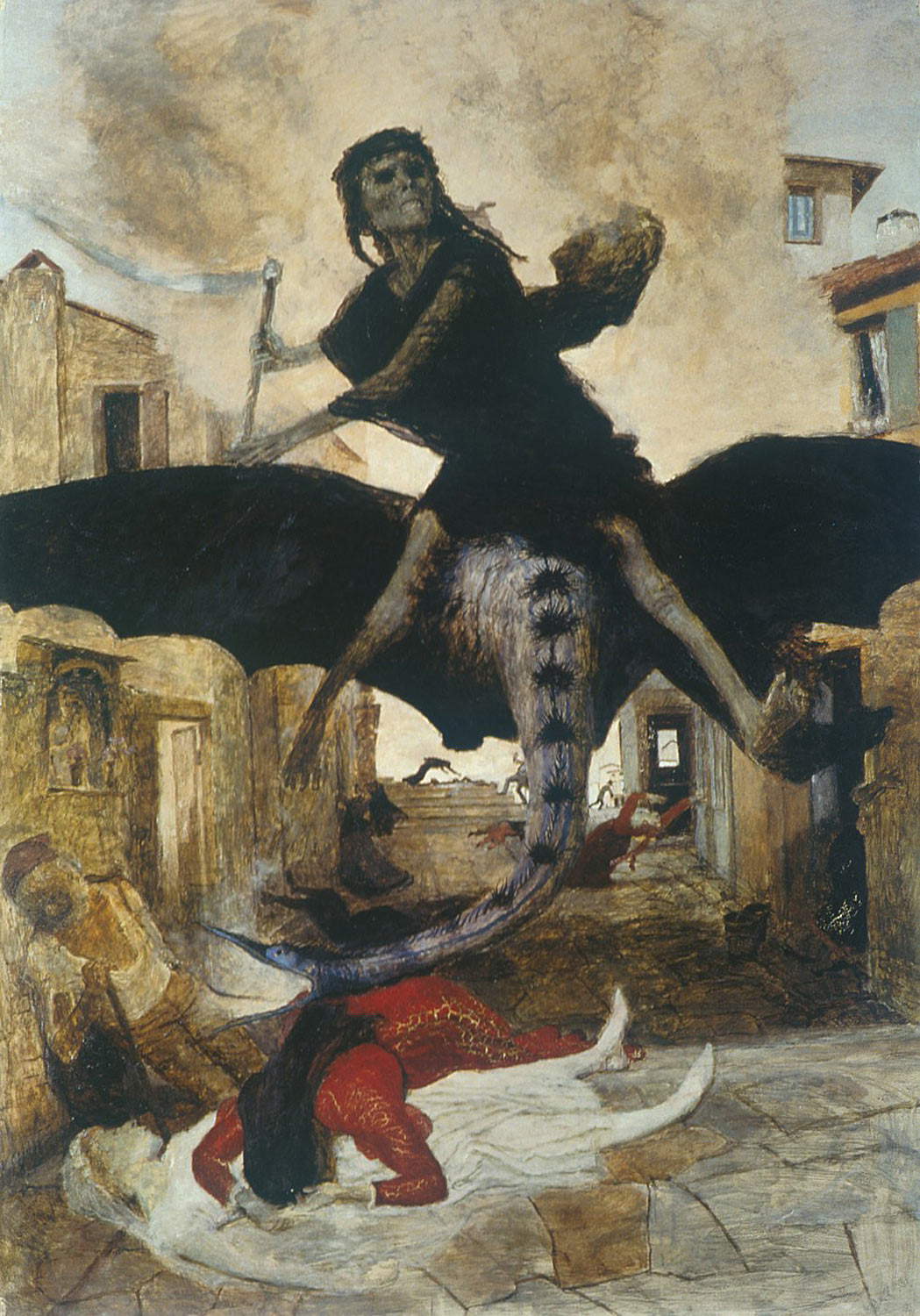
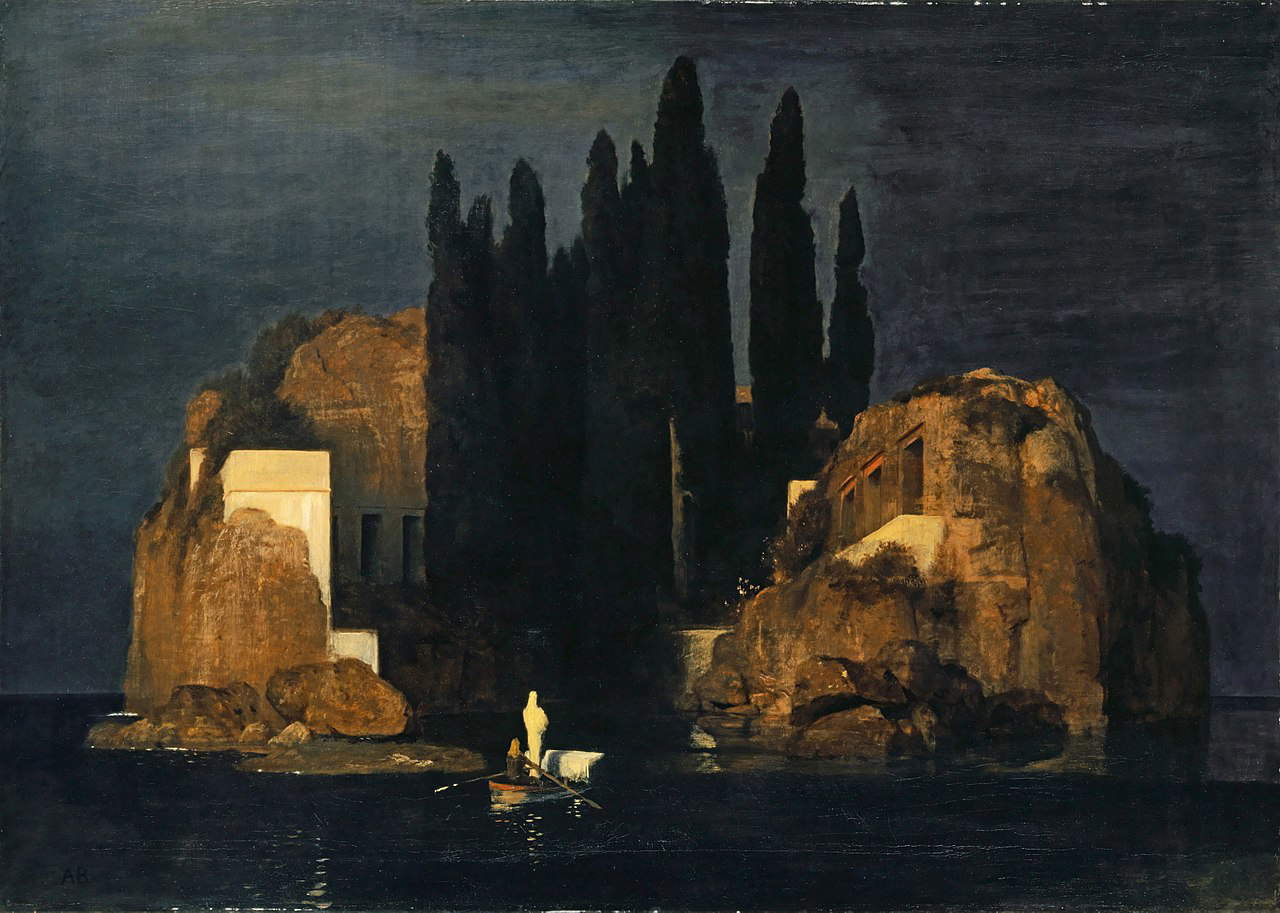

Artists of the fin-de-siècle era preferred allegorical, literary, mythical, and religious subjects laden with arcane symbols. Attracted by Greek mythology, the precepts and art of the early Italian Renaissance, New Testament narratives, and female stereotypes such as the menacing femme fatale or the immaculately fragile femme, they developed an interest in the morbid, the dream world and a penchant for the feeling of melancholy.
Gustave Moreau (Paris, 1826 -1898) was the first to express his own fantastic and visionary world through a representation that renders the fearful sense hidden beneath visual reality. Emphasizing the importance of imagination for artistic creation, he opposed the two dominant currents in French painting in the 1850s: on the one hand, Realism, which emphasized the stark and naked depiction of people and subjects from everyday reality, and on the other hand, Objective Naturalism, which had culminated in the formal innovations of Impressionism. He was a figurative painter who created scenes based on legendary and ancient themes with mythological and religious subjects, characterized by an allusive erotic accent and decorative splendor.
Moreau’s paintings are populated with ambiguous visual symbols and scantily clad figures caught in statuesque poses, expressions of a synthetic imagination, with Christian elements in relation to classical and pagan elements, in timeless dreamlike atmospheres. In his highly original style, he used bright colors and captured images with photographic precision, as much as he did technical experiments, including scraping his canvases, which led him to non-figurative paintings, executed loosely with thick impasto.
Like Oedipus and the Sphinx (1864), the painting Orpheus (1865) represents something of a turning point for both French visual art and Moreau’s personal style, presenting various compositional motifs then repeated and a density and darkness of symbolic detail that went far beyond academic history painting. Two bold interpretations of famous scenes from Greek mythology, in which aspects of concept and composition were key elements of Symbolist aesthetics, such as the depiction of a decapitated head and the focus on the female figure as a femme fatale or the direction of the gaze of the painted faces.
Later artists such as Odilon Redon (Bordeaux, 1840 - Paris, 1916) would depict the severed head as an image of the imaginative spirit freed from earthly constraints, and the androgynous nature of his characters as an expression of the spiritual realm in its inherently hybrid nature.
Redon is one of the most important and original Symbolist artists. His visionary works deal with the world of dreams and imagination with which he explored mystical, fantastic and often macabre themes in his graphics and paintings. He became famous for the series called “Noirs”, charcoal drawings(Guardian Spirit of the Waters, 1878) and lithographic prints(The Eye, Like a Strange Balloon Moves Toward Infinity, 1882), in which monsters often cross human-plant or human-animal creatures, winged figures and, as they said, severed heads, surfaced, exploiting the suggestions of black color. Later, Redon began to adopt the color palette using oils, pastels and watercolors in portraits and floral still lifes with highly personal and dreamlike subjects.
The Closed Eyes (1890) marked a turning point for Redon, who became something of a Symbolist icon, as it was also his first painting to be acquired for the French national collection in 1904 by the Musée du Luxembourg. The motif of the closed eyes, inspired by the iconography of the dead Christ, represented an allusion to escape from the real world and the earthly limitations of conscious life. Stylistically Cyclops (1914) can be considered the epitome of his career, as it combines an interest in oil painting with the color palette of his pastel period, along with the image of a monster that harkens back to the early “Noirs.” His encounter with the Nabis introduced him to a more decorative aesthetic, hisuse of non-naturalistic color, and his inventions of mysterious scenes had a huge impact on the art of his contemporaries, such as Paul Gauguin, as well as on modern artists.
While painters such as Moreau and Redon endowed their symbolic works with an ominous intensity, Arnold Böcklin (Basel, 1827 - San Domenico di Fiesole, 1901) often reworked images of myth with macabre humor: a strange mixture of grotesque comedy and nightmare.
Although he studied and worked in northern Europe and Paris, Böcklin found his true inspiration in the landscape in Italy, to which he traveled from time to time and where he spent the last years of his life. Much of Böcklin’s oeuvre consists of seascapes, in which the artist with an irreverent approach reinterprets classical motifs and sources with mythological subjects, fabulous creatures, or referencing dark allegorical themes. An important example is Playing in the Waves of 1883. However, his best-known work is The Island of the Dead , of which he painted five versions between 1880 and 1886, which presents thematic and stylistic ambiguity. The literary source of the scene is combined with a realistic visual model for the dramatically colored island subject, and amplified by the emphasis on natural beauty and grandeur that are typical poetic elements of Romanticism, declined on the themes instead recurring in Symbolism such as the honor of death and the symbolic enigmatic enigmaticity of the characters depicted. Other spectral scenes such as Ulysses and Calypso (1883) and The Plague (1898) revealed his personal Symbolism.
Pierre Puvis de Chavannes (Lyon, 1824 - Paris, 1898), on the other hand, specialized in mural painting, large compositions of symbolic content of the themes of antiquity that decorated public buildings and museums, and became its leading French exponent in the late 19th century. He developed a style characterized by simplified forms, a rhythmic line and pale, flat, fresco-like coloring. Among others, he was commissioned major works for the Sorbonne University (1887-89) and the Hôtel de Ville town hall (completed 1893) and before that for the Panthéon in Paris, work this one of immediate critical success completed by his students after his death. The panels of The Pastoral Life of Saint Geneviève (c. 1874-1878, a cycle later completed in 1893-1898) installed in the former Pantheon church converted into a civic building, featured a riot of decorative elements and a compositional construction in the manner of Renaissance painting that won him the commissions successes.
Puvis was also among the founders and first president of the Société Nationale des Beaux-Arts and supported a generation of younger, more radical artists who shared his desire to escape the realities of modern, industrialized society through dreams, esoteric symbolism, or mythology. In addition to his mural cycles, he made and exhibited regularly at the Paris Salons from 1860 onward. The oil on canvas The Dream of 1883 is representative of his Symbolist poetics.
 |
| Symbolism between the nineteenth and twentieth centuries. Developments, themes and styles |
Warning: the translation into English of the original Italian article was created using automatic tools. We undertake to review all articles, but we do not guarantee the total absence of inaccuracies in the translation due to the program. You can find the original by clicking on the ITA button. If you find any mistake,please contact us.